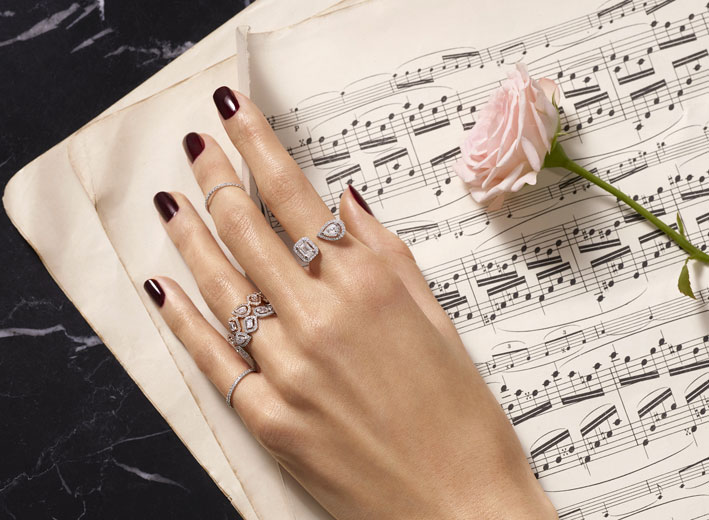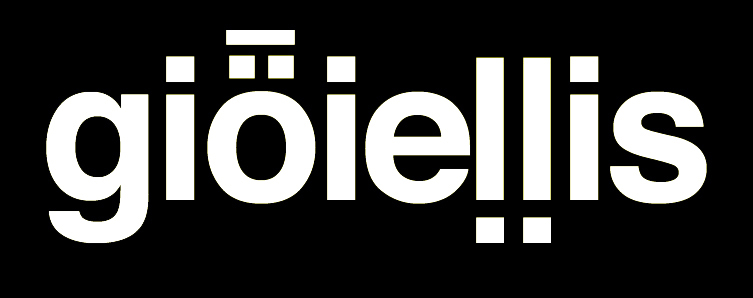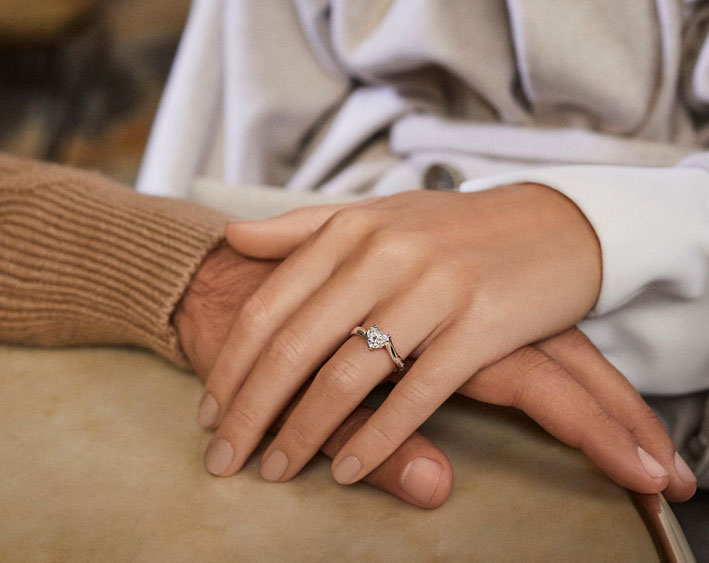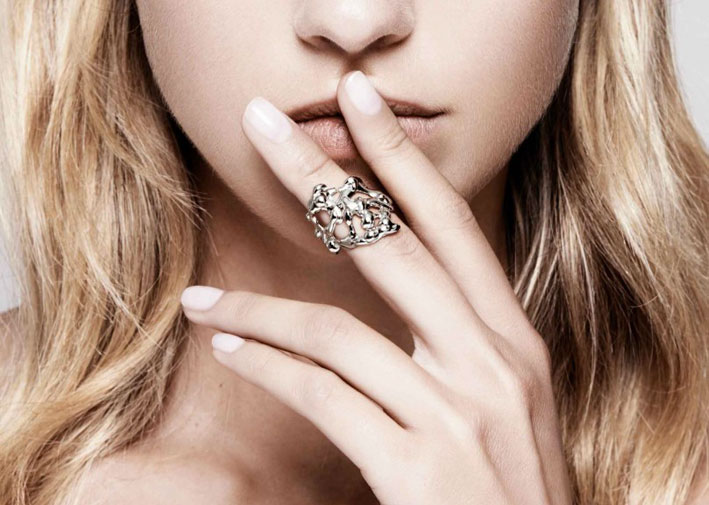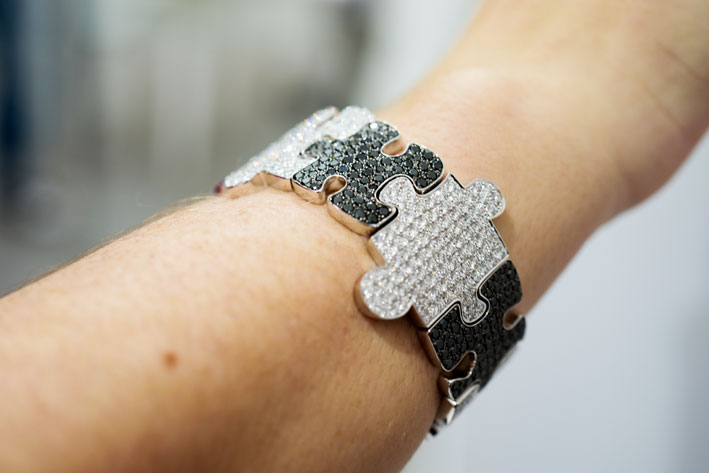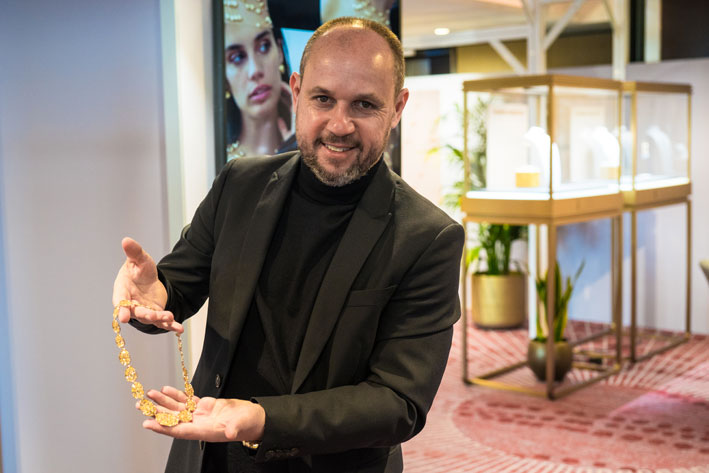How to spend as little as possible on a diamond ring?
If you want to buy a ring, here are the tips not to spend too much and choose well. When you give at her an engagement ring or, in any case, an important jewel to your partner, girlfriend or wife, you don’t have to be stingy. A jewel lasts over time and is something that she will often look at, and think of you every time (or almost) she wears it. In short, it is better to put your hand in your wallet and choose well. Also, keep in mind that you are going to give (or buy) a precious object: it is a small investment that could become useful in case of difficulty. It will be easier to sell a ring with a beautiful diamond, of good workmanship, rather than a ring of a few euros or dollars.

This, however, does not mean being silly. A purchase can be done intelligently, because you have to spend your money well. So here is some advice on choosing a ring: how to get the most out of your budget and spend as little as possible. That is, spending the right amount without throwing money away. Because there are aspects that you need to consider when buying a diamond ring (but it also applies to another type of jewel). Here are three things to keep in mind.

1 The choice of metal. The classic 18-karat white, yellow or rose gold is the most used metal for rings. But if you want to spend less, well polished silver is a good alternative. Of course, bear in mind that it will need maintenance: it must be cleaned often, because it tarnishes more easily and tends to oxidize. And when it turns black or green, silver doesn’t make a good impression. An alternative is to choose a gold ring, but with a lower number of carats: you can go down to 9 carats, the minimum to still be considered gold. The price, in this case, is significantly lower. But it is still gold, even if in a smaller percentage than, for example, 18 carats. 9-karat gold is 37.5% pure gold and 62.5% other metals, such as silver or copper. An 18-karat gold ring, on the other hand, is 75% pure gold. But be careful: in reality, for a diamond ring, the cost of gold affects the total price relatively little, what really costs a lot is the weight of the stone. Another alternative to spend even less is to look for a designer ring that combines a precious stone with an inexpensive metal, such as steel. But in this case the design has to be really special.

2 The diamonds that cost less. Let’s say it right away: you shouldn’t choose poor quality stones. A certificate from a gemological institute, which is usually issued for stones weighing more than 0.3 carats, is a guarantee. Also remember the classifications of diamonds to choose well (you can find them here). But it is possible, however, to look for diamonds that are less expensive than others. For example, the brilliant cut (round) is the most used for solitaire rings, the classic engagement rings. However, it is also considered the most expensive cut. A diamond with a less frequent cut could save you up to 20% of the price compared to the brilliant. Two tips: the cushion cut or the Asscher cut yield a lot compared to the carat weight and are more convenient. Cuts such as marquise, oval or emerald can also be less expensive, always considering in proportion to the carat weight. Another tip: choose a weight that is not a simple number. For example, a 0.44 carat diamond will be a little cheaper than a 0.50 carat stone and will have the same effect on the eye.
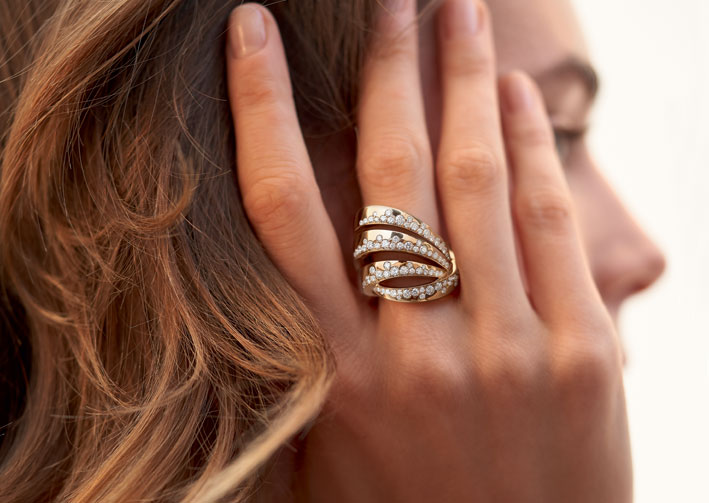
3 The color of money. Money has a color when it comes to diamonds. If you want to spend a lot, choose colored stones: yellow, pink diamonds, up to red and blue ones if you have a bank account with nine zeros. Colored diamonds, so-called fancy, are impressive, but they are very expensive. But the colorless ones are also very expensive, especially brilliant cuts, if they are of good quality. However, there are diamonds that cost less than others. For example, the brown, champagne, gray, black ones (the heated ones, we explain it here). Their cost is up to 40% lower than the more transparent and colorless white diamonds. Also in this case, however, take into account the famous «4 Cs»: in addition to the color, the degree of clarity and the type of cut chosen also count. Again: if you want a colorless diamond at all costs, you can choose those classified as color G or H. Compared to those D, E or F, those G and H cost less and used on a jewel they are indistinguishable from those who are not a expert gemologist.
